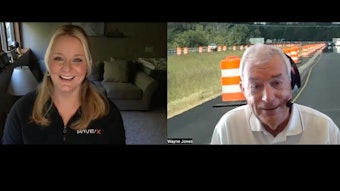
Over the past few months several conversations have emerged around the proposed dangers of PAHs (polycyclic aromatic hydrocarbons) to our families, the environment and our communities. These conversations have included proposed bans at the local, state and in the case of Canada, national level. Unfortunately, and even after a landmark court case (see PCTC vs. USGS) set the stage for a new story, opponents continue to drive home a false narrative that is shaping perception.
In New York, the Committee on Environmental Conservation used the following language in a revised bill to further prohibit the use of coal tar based sealer - '"Coal tar" means a viscous substance obtained by the destructive distillation of coal..’ While some may believe this to be true, the language used within the bill is meant to shape the perception of what our industry is forced to defend.
In Maryland, HB133 was contested for several months, moving from committee to committee without any evidence or data collected within its own state. This not only suggests that PAHs, a substance found in both our natural environment and within many household products, is the same in every environment, across the entire United States, but that local testing isn’t necessary to substantiate claims. These claims will result in both job loss and the proliferation of opinion over science and fact.
Finally, in Canada, the Environment and Climate Change Canada (ECCC) is exploring a risk assessment / management approach to coal tar sealants and their distillates, with the possibility of a complete ban on the import, manufacture, and sale of RTS in Canada. While members of our industry have responded to the ECCC’s invitation to comment, such a ban would be detrimental to our industry and the lives of many of our peers, colleagues and families that rely on this industry for their livelihood.
What can be done?
In short, we must begin to produce a new narrative that explains our products and their potential impact in layman’s terms. Too often our opponents rely on questionable and often unsubstantiated science to strike fear into the masses. This, in turn, leads to selective listening by the audiences that matter and put our industry leaders in the unenviable position of fighting an uphill battle, while maintaining their jobs and companies through incredible times. We must come together as an industry to collect data, to create an informed story, and to help educate our legislators who may not understand our industry or the products we produce and sell.


























